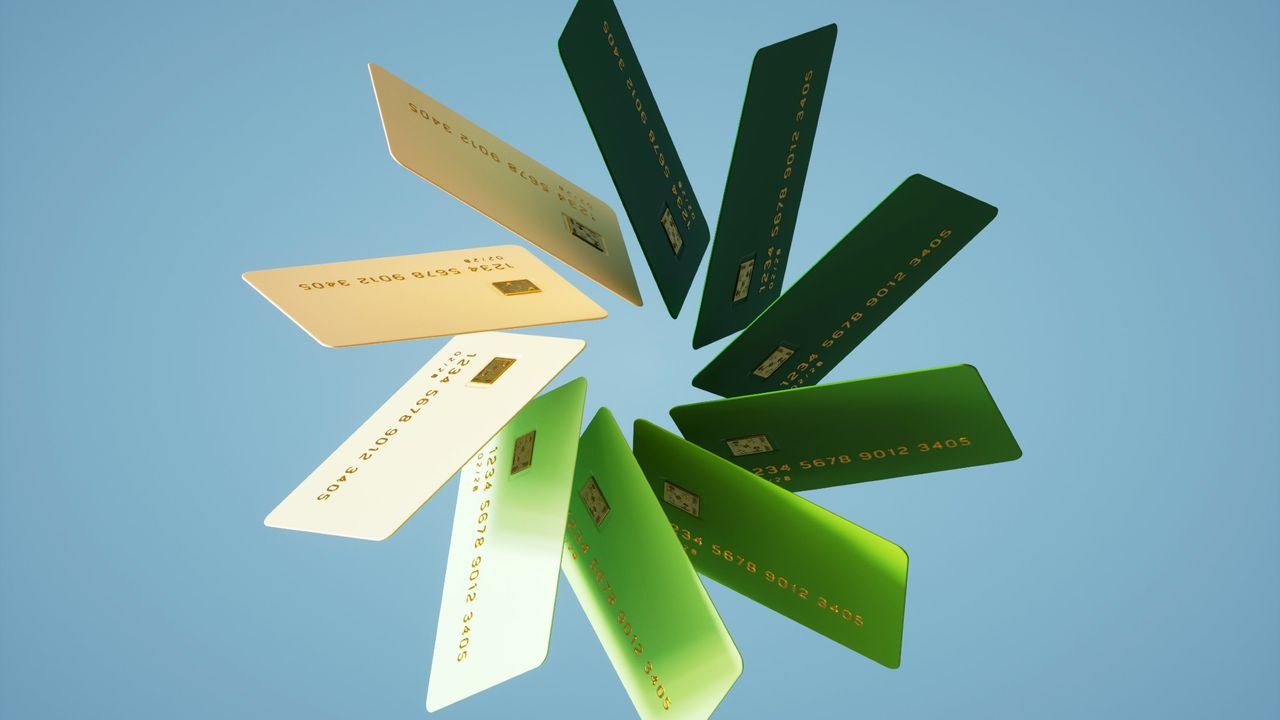In the wide-ranging world of credit card rewards and benefits, it can seem tempting to try to catch ’em all. Enter: credit card churning.
This process involves frequently opening new credit cards with the intent of earning the welcome bonus and perhaps some other perks along the way. After that, churners usually close out the cards. The strategy is often “used by travel hackers to earn large quantities of reward points and miles quickly,” said The Points Guy, a credit card blog. But while it may seem akin to beating the system, the practice has some major drawbacks worth noting.
How does credit card churning work?
With credit card churning, you would first “identify several credit cards that offer a rewards currency you’re interested in — say, airline miles — and a generous sign-up bonus that gives you a large chunk of those rewards upfront,” said NerdWallet. If after applying you are approved, you would then “spend enough to get the bonus points or miles” before stopping your use of and potentially canceling the card, ideally before the annual fee hits.
Subscribe to The Week
Escape your echo chamber. Get the facts behind the news, plus analysis from multiple perspectives.
SUBSCRIBE & SAVE
Sign up for The Week’s Free Newsletters
From our morning news briefing to a weekly Good News Newsletter, get the best of The Week delivered directly to your inbox.
From our morning news briefing to a weekly Good News Newsletter, get the best of The Week delivered directly to your inbox.
The term ‘credit card churning’ was originally used to “refer to applying for the same type of credit card over and over again” with the goal of snagging a “large welcome bonus” before cancelling, said Forbes. But now — especially as issuers have cracked down on that practice — another way people credit card churn is by “applying for multiple credit cards at the same time, and repeating that multi-application process every few months,” allowing for a greater diversity of potential benefits and rewards.
Why do people attempt credit card churning?
The main reason people engage in credit card churning: credit card rewards. “A credit card sign-up bonus could be worth hundreds — maybe even thousands — of dollars in cash back or travel,” said Bankrate. You might also receive other benefits that credit cards commonly offer, such as “monthly or annual credits toward food, ride-hailing services or streaming services,” plus “complimentary airport lounge access,” said The Points Guy.
What are the risks of credit card churning?
While credit card rewards are an undeniably appealing prospect, the havoc that credit card churning can wreak on your credit score may not be worth it. “The things you’ll have to do to get the best rewards — opening a lot of cards and spending on them regularly — can have a negative effect on your credit scores,” said NerdWallet. Further, with lots of cards moving in and out of your wallet all the time, it becomes that much easier to overlook a monthly payment, another major factor affecting your credit score. You could also easily overspend.
There is no guarantee you will get the rewards you have earned in the end, as issuers tend to have guardrails in place to discourage the practice. “Some issuers seek to claw back bonuses if you cancel the card within a year of opening the account,” said Bankrate. And in extreme cases, “banks or loyalty programs have been known to shut down all of the accounts for certain individuals,” taking their rewards with them, said Forbes.

